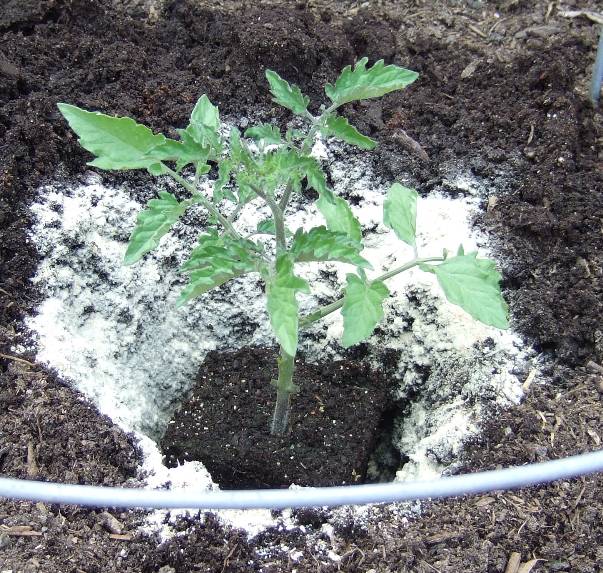

Although it may be difficult to select just a few tomato varieties to grow, we recommend starting with just 2-3 varieties to make managing them easier. Now that you understand the habits of the three main kinds of tomato plants, it should be easier to choose specific tomato varieties based on your greenhouse. These usually don’t require any pruning.Ĭlick Here Best tomato varieties for a greenhouse

Some determinate tomatoes are labeled as “dwarf varieties” which will be even smaller and are suitable for growing in pots. Never prune side shoots, because these are your tomato’s fruiting shoots. Container plants will need regular watering. Determinate varieties don’t require as much support, but it can still be beneficial to add staking. Mix in new, quality potting soil with organic matter. Use containers that can hold at least five gallons of soil with proper drainage. Their fruit tends to ripen all at once, which makes them great for processing.ĭeterminate tomatoes are best grown in large pots, raised beds, or grow bags. Determinate tomato plants will stop growing vertically after a while, at which point they’ll continue developing on side shoots.

As a result these are perfect for growing in a smaller greenhouse. Unlike indeterminate varieties, determinate tomato plants develop reasonably compact bushes with shorter stalks. Indeterminate tomatoes are the most popular and are usually pruned as single-stemmed plants by eliminating suckers or side shoots. Because of their growth habit, you’ll need to support them with stakes or tomato cages. You can grow indeterminate tomato plants in raised beds, grow bags, or directly in the garden when soil temperature reaches above 55☏. This results in an extended harvest of tomatoes, with the plant showing different stages of fruit growth at all times. Fruit is set on shoots coming from central vines or stalks, which appear continuously as the plant grows. Indeterminate tomato plants will grow extensively unless pruned or killed by frost. Because there are so many different kinds out there, it can be daunting to choose which one to grow in your greenhouse, but that’s what we’re here for.īefore we get into our favorite varieties of greenhouse tomatoes, you should know that there are three different types of tomato plants: indeterminate, determinate, and semi-determinate. Each variety has unique features such as taste, appearance, and storing quality. Ultimately, it doesn’t matter whether you call a tomato a fruit or a vegetable, you can grow it either way! Choosing the type of greenhouse tomato plantĪs with other popular crops, there are many different varieties of tomatoes. To make matters more confusing, did you know that the US Supreme Court decided in 1893 that tomatoes are vegetables notwithstanding the botanical definition of a fruit? So, technically a tomato is the fruit of a tomato plant, but it’s legally regarded as a vegetable and used as such in the kitchen. From a culinary perspective, vegetables are usually used in savory dishes. Popularly, however, the word “fruit” usually refers to foods that are sweet and fleshy while “vegetable” indicates lower fructose. Keep reading to learn how you can successfully start growing tomatoes in your greenhouse! Is a tomato a fruit or a vegetable?Īre tomatoes fruits or are they vegetables? If you’ve ever wondered this, you’re not alone!īotanically speaking, a fruit is the “ ripened ovary of a flowering plant.” This definition would include such foods as tomatoes, apricots, beans, and even almonds. With some care, you can easily get multiple harvests of tomatoes from your greenhouse plants. Growing tomatoes in a greenhouse is an excellent choice, allowing you to extend your growing season regardless of your climate. Maintaining proper greenhouse conditions means providing good lighting, temperature, and pollination, while practicing good pest and disease management.

#TRANSPLANTING TOMATO SEEDLINGS GROW BAGS HOW TO#
To ensure a plentiful harvest of delicious tomatoes, you’ll need to understand how to properly care for tomato plants. Tomatoes are a popular greenhouse crop because they love the warm and protected environment that a greenhouse provides. If you love home-grown tomatoes as much as we do, you’ll probably be wondering how you can grow them in a greenhouse. If you’ve ever tasted a tomato fresh from the garden, you know that store-bought ones will never be able to compare. Growing tomatoes is like a rite of passage when it comes to greenhouse gardening.


 0 kommentar(er)
0 kommentar(er)
